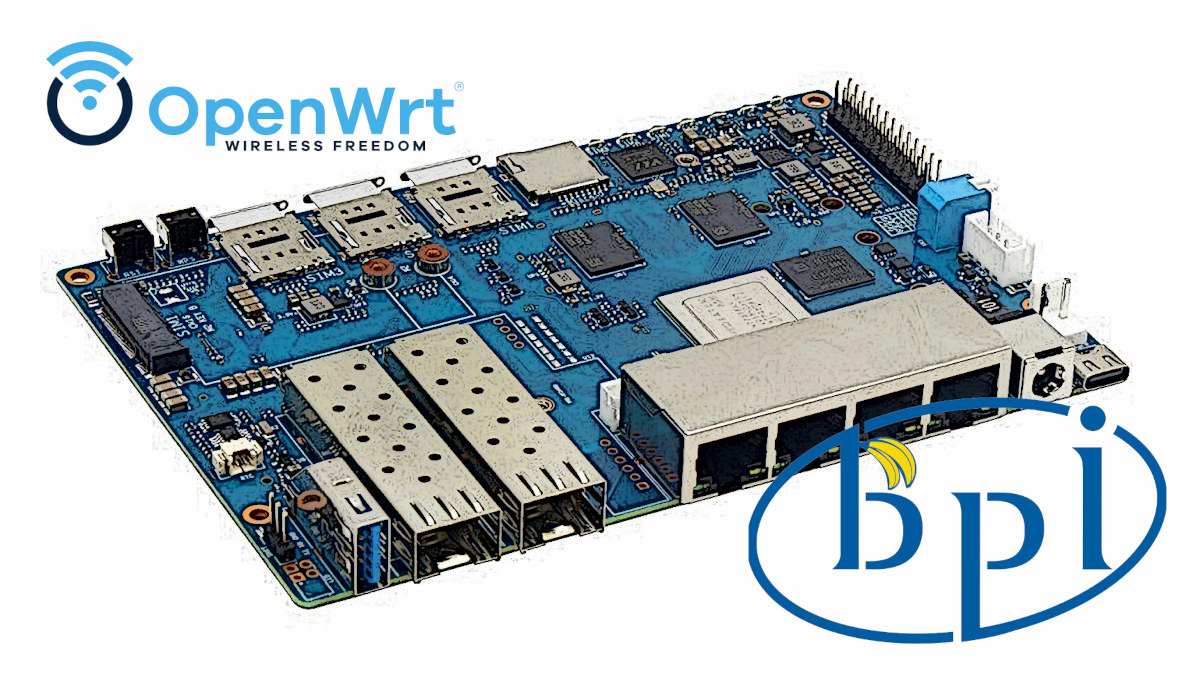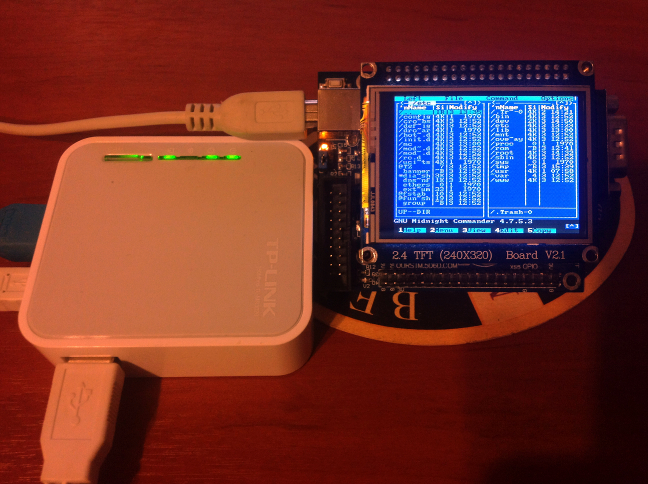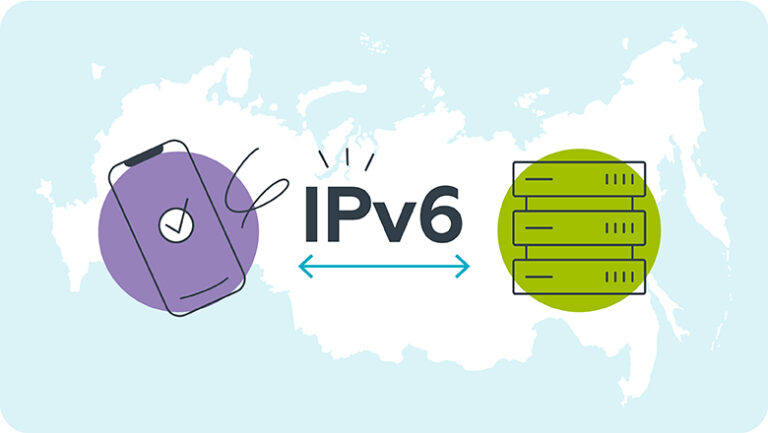OpenWrt celebrates 20 years with the release of its own router

In 2024 open source to the OpenWrt project turns 20 years old. The developers decided to celebrate this anniversary with a design native router OpenWrt One/AP-24.XY. For now, this is an idea proposed for discussion by the community.
In general, the benefits of free OpenWrt firmware for routers are well known. This is improved safety and reliability of the device, advanced ad blocking featurestargeted redirection of traffic according to lists of domains (for example, for the Russian Federation within the country, for the Russian Federation outside, etc.), installation of any necessary programs for Linux, etc.
With the release of a native router, a kind of basic reference model with ideal software and hardware compatibility will appear on the market.
The idea of releasing a “native” OpenWrt router is not new. It was first discussed at the OpenWrt summits back in 2017 and 2018, the developers write. But then it was not possible to find a suitable hardware platform to implement a completely open design with all open source components. Today the situation has improved. For example, if you look at devices Banana Pithen they are quite close to ideal:
- booting from self-compiled trusted firmware Trusted Firmware-A (TF-A) and U-Boot
- full Linux kernel support
The only proprietary components left are the 2.5 GbE PHY and Wi-Fi firmware as binary blobs on separate cores independent of the main Linux-running SoC, as well as DRAM calibration routines that run at boot time.

Routers Banana Pi
It is assumed that the new OpenWrt One/AP-24.XY router will be produced and distributed by the open source Banana Pi community, since they have experience in this matter. Each device sold will contribute to a trust fund for OpenWrt. This money can be used to cover hosting costs, host an OpenWrt summit, etc.
Specifications:
- SoC: MediaTek MT7981B
- WiFi: MediaTek MT7976C (2×2 2.4 GHz + 3×3/2×2 + zero-wait DFS 5 GHz)
- DRAM: 1 GiB DDR4
- Flash memory: 128 MiB SPI NAND + 4 MiB SPI NOR. The idea of installing two flash memory chips is to make the device as secure as possible from hacking and to make recovery easier. NAND contains the main bootloader (U-Boot) and the Linux image, this is the default boot device. In turn, NOR is write-protected by default (WP jumper on board) and contains a recovery bootloader and other important data such as Wi-Fi calibration. A separate switch on the router body will allow you to switch between NOR and NAND for booting
- Ethernet: 2x RJ45 (2.5 GbE + 1 GbE)
- USB (host): USB 2.0 (Type-A port)
- USB (device, console): Holtek HT42B534-2 UART to USB bridge (USB-C port) for direct interaction with a device via USB without additional hardware or drivers. For example, in Android support CDC-ACM enabled by default
- Storage device: M.2 2042 slot for NVMe SSD (PCIe gen 2 x1). It will allow other Linux distributions such as Debian and Alpine to boot directly from NVMe
- Buttons: two pieces (reset + user)
- Mechanical switch to select boot device (recovery, regular)
- LED: two on PWM, two on ETH (on GPIO)
- External hardware timer: EM Microelectronic EM6324 (on GPIO)
- RTC: NXP PCF8563TS (I2C) with backup battery holder (CR1220)
- Nutrition: USB-PD-12V on USB-C port (optional 802.3at/afPoE via RT5040 module)
- Expansion slots: microBUS
- Certification: FCC/EC/RoHS
- Frame: Board size is BPi-R4 compatible and case design is intended to be relatively universal (reusable)
- JTAG for main SoC: 10-pin with 1.27 mm pitch (ARM JTAG/SWD)
- Antenna connectors: 3x MMCX for easy assembly, installation and reliability
- Scheme: publicly available (specific license will be chosen later)
- GPL compliant: point 3b. “Accompanied by a written offer… to provide to any third party… a complete machine-readable copy of the corresponding source code”
- Price: target less than $100
As you can see, the developers chose accessible and inexpensive components. The low price and the availability of universal firmware practically guarantee the popularity of the new router. After all, OpenWrt is a full-fledged Linux OS, and the router itself can even be
use as a mini-computer by connecting an external LCD display via USB
.

From the article “Minicomputer from a router with OpenWRT: developing a USB video card”
Now on the market you can find dozens of routers with OpenWRT firmware. In addition, you can install it yourself on some router models (list of supported devices) to improve the safety and stability of their operation.
A nice aspect of the new router is the low price (below $100), which the OpenWrt developers are targeting as quality home routers have become increasingly popular over the last few years. increased in price from $100 to $250.

![[Личный опыт] Vzhuh – and you are in biotech. How to get hired in an industry that inspires](https://prog.world/wp-content/uploads/2021/03/tvpl4knckbcu3lbrhcjnibe5jas-768x768.jpeg)
